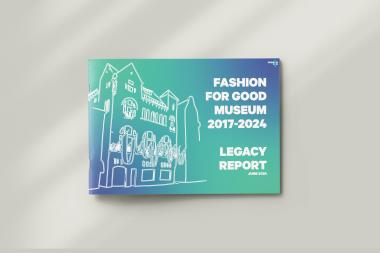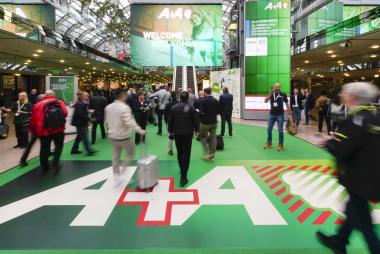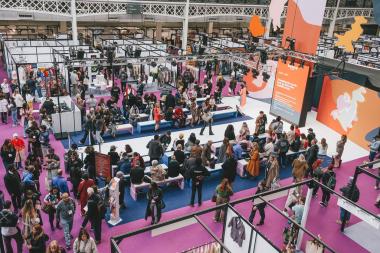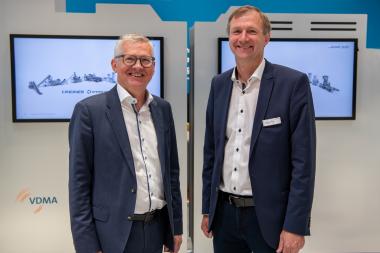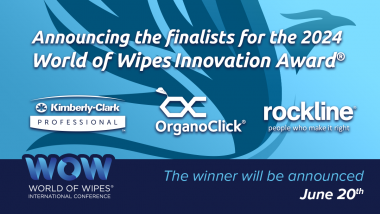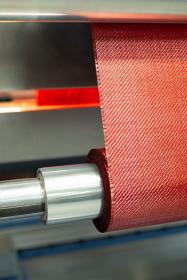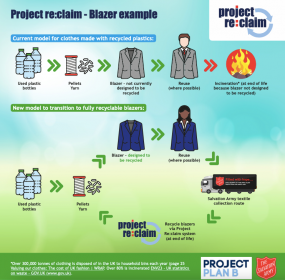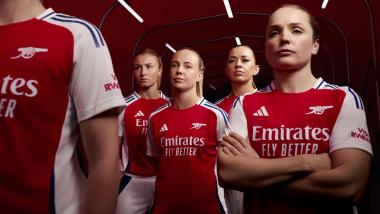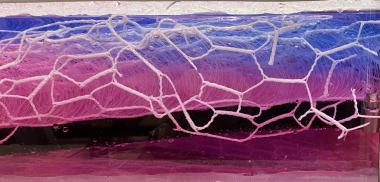EFI: Single-Pass Production Inkjet Printing for Textiles at drupa 2024
Electronics For Imaging, Inc. reported that at drupa 2024, running through 7 June at Messe Düsseldorf, it is highlighting its expertise in single-pass printing solutions for packaging, display graphics, and textile markets.
Visitors to EFI’s stand will see some of the companies latest single-pass innovations live, including the Packsize® EFI™ X5® Nozomi, a full-colour, on-demand, right-sized box system that prints, cuts, creases, glues, and erects customised boxes at the rate of up to one box every 6 seconds, and the EFI Nozomi 14000 SD single pass printer for sign and display. The company is also showcasing a vast array of applications produced on the new Nozomi 14000 AQ true water-based, single pass printer for corrugated packaging and displays and the Nozomi 12000 MP single-pass technology for direct-to-metal package printing, as well as the next generation EFI Reggiani BOLT XS single-pass textile printer.
In addition to showcasing single-pass inkjet printing at the show, EFI is also introducing two new software solutions that add to the value of single-pass technology, including:
- EFInsight, cloud-based intelligence that optimises the operational efficiency and TCO of EFI packaging, display graphics, or textile digital inkjet printing systems with cloud-based data collection, analytics, reporting, proactive maintenance, and process control tools. It delivers the insights needed to understand the economics of production and the tools to maximise inkjet printer investments. It is currently available for EFI Nozomi single-pass printers for packaging.
- EFI’s Life Cycle Assessment tool for Nozomi printers, which documents Nozomi’s environmental footprint, developed in partnership with Clean Agency. This tool, which EFI customers and their customers can use, analyses their CO2 emissions as part of their overall packaging Extended Producer Responsibility (EPR), and has proven that printing corrugated materials on the EFI Nozomi digital press reduces Global Warming Potential (GWP) by over 50% when compared to analogue printing technologies.
Electronics For Imaging, Inc.







